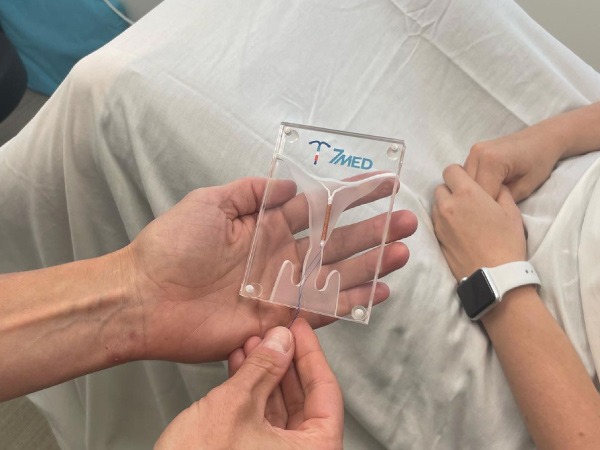Choosing the best IUD: an age and stage guide
Which IUD is best for me?
The answer to this question depends on several key factors including the characteristics of your period, age, pregnancy history and tolerance to hormones. But certain IUDs are better suited for different stages of your reproductive years.
Early reproductive years: The Copper IUD
The copper IUD is the best choice for most young women who desire a reliable form of contraception. I prefer this non hormonal choice at this stage when the hypothalamic-pituitary-ovarian axis is still developing and may be influenced by exogenous forms of hormone. A copper IUD allows for regular ovulation and establishment of healthy menstrual cycles and has no risk of hormonal side effects. An exception to this would be patients who have heavy or painful periods since the copper IUD may make these symptoms worse. I recommend a copper IUD with a silver core, rather than nickel core since allergic reactions and inflammation can occur with nickel.
Middle reproductive years: The Kyleena IUD
As women enter their mid to late 20s a Kyleena IUD is the most common IUD I prescribe in my practice. The Kyleena IUD is a lower dose hormonal IUD compared to the Mirena IUD. Many women at this stage have irregular, heavy or painful periods and the Kyleena can provide relief of these symptoms while still having a very low side effect profile. It also is more likely to allow for regular ovulation and cycles, which is very helpful for those who want to start planning for a pregnancy. It is also a very reliable form of long-acting contraception and is easily reversible as when fertility is desired. I usually recommend removing a hormonal IUD 3-6 months prior to conception because part of the it’s mechanism of action is to thin the uterine lining. This gives the uterus some time to recover and optimize the environment for pregnancy.
Late reproductive years: The Mirena IUD
A hormone containing IUD is ideal during peri menopause and the post childbearing years. Many women enter a stage of relative progesterone deficiency due to irregular ovulation and suffer from irregular, frequent, painful, and heavy bleeding. The Mirena IUD is our highest dose hormonal IUD, delivering 52mg (approximately 20mcg/d) of a progestin to the uterus. The hormone dose used is 1/3-1/8th the dose of oral contraceptive pills and is local to the uterus so it seldom causes side effects. However, approximately 3% of users with remove it because of mood changes, acne, bloating or weight gain. Most women will stop getting their period after having a Mirena IUD placed which can a huge bonus in these years prior to menopause. We typically recommend leaving the Mirena in place until at least one year past the final menstrual period, which is usually in the early 50s.

